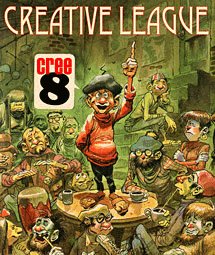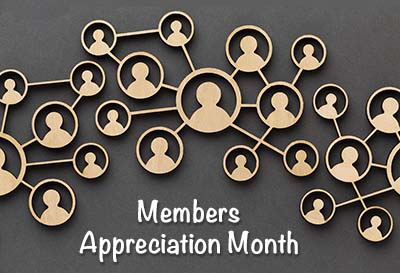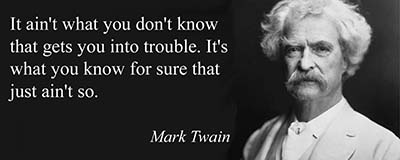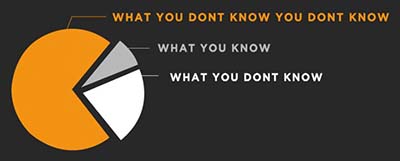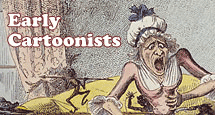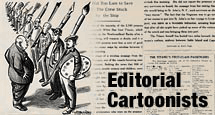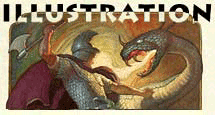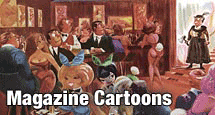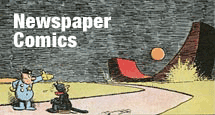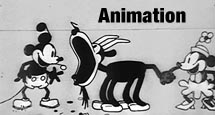I see a lot of people starting out in animation focusing on the business aspects… creating lots of “product”, pitching show ideas to studios, worrying about people who might ask them to work for free on a personal project, posting ads to groups like this to try to get viewers… I’ve seen people who do all these sorts of things for almost a decade, and still aren’t any further along to success as an animated filmmaker than the day they started.
You don’t become successful in animation by having the “right package”. You become successful because you have the “right stuff”. You can sit down and really animate, do layout, design backgrounds… you have skills in constructive drawing, compositional principles, perspective, anatomy and life drawing, color theory, painting techniques…
Specialization aimed at a specific job title is the absolute WORST thing you can do in school. I went to design school to study graphic design. They taught me type speccing, paste up, how to use a linotype machine… A couple of years later the Macintosh came out and everything I learned was obsolete. The only classes that I still use today are the basic ones… Design 101, Color 101, Drawing 101. Going to a trade school to learn art or filmmaking is a good way to be replaced by outsourcing.
If you want to be an artist, LEARN TO BE AN ARTIST FIRST. With a solid foundation in the fundamentals, you can learn any trade quickly on your own time or on the job. You don’t have to pay a school thousands of dollars to make you an unemployable specialist in a field that is now being done in India or China.
Instead of putting sweat equity into a business opportunity, it’s a lot better to put that effort into investing into yourself and your skills. But that takes hard work, humility, experimentation, and a solid plan for self education. Make personal films, but CHALLENGE YOURSELF. Don’t just fill time quotas. That’s the hard way to become successful for sure, but it’s a sure road for advancement. “Playing the game” and “doing business” can go in circles forever and get you nowhere.
For the past decade, Animation Resources has been serving artists working in the fields of animation, cartooning and illustration. Our volunteers and members have pulled together to raise the bar for our art form, and it’s time to celebrate… It’s Members Appreciation time again!
During the month of February, Animation Resources expresses our appreciation for to members with a very special Reference Pack, and we invite you to become a member too. For the next 30 days, we will be sharing reasons why you should join us. Our benefits of membership far exceed the cost of our annual dues.
This year, we are trying something new to encourage new memberships. You can join for a one week trial membership for only A DOLLAR! Yes, you get access to everything our annual members get for seven days for only a buck. (Click here for the details on our Dollar Days.) What are you waiting for?
You can find out what our members get at the Member Appreciation Page. It’s easy to join. Just click on this link and you can sign up right now online…
JOIN TODAY!
https://animationresources.org/membership/levels/
![]()
![]() Animation Resources depends on your contributions to support its projects. Even if you can’t afford to join our group right now, please click the button below to donate whatever you can afford using PayPal.
Animation Resources depends on your contributions to support its projects. Even if you can’t afford to join our group right now, please click the button below to donate whatever you can afford using PayPal.





